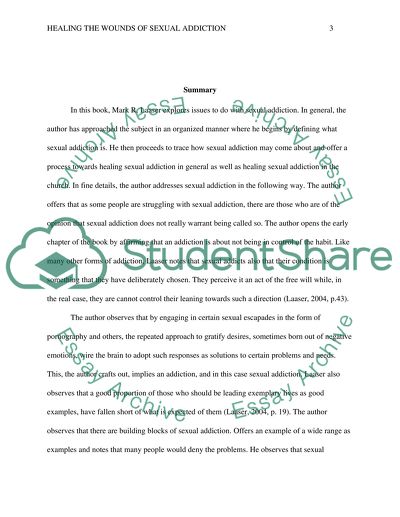Cite this document
(“Critical Book Review Healing the Wounds of Sexual Addiction By: Mark Essay”, n.d.)
Retrieved from https://studentshare.org/psychology/1493025-critical-book-review-healing-the-wounds-of-sexual
Retrieved from https://studentshare.org/psychology/1493025-critical-book-review-healing-the-wounds-of-sexual
(Critical Book Review Healing the Wounds of Sexual Addiction By: Mark Essay)
https://studentshare.org/psychology/1493025-critical-book-review-healing-the-wounds-of-sexual.
https://studentshare.org/psychology/1493025-critical-book-review-healing-the-wounds-of-sexual.
“Critical Book Review Healing the Wounds of Sexual Addiction By: Mark Essay”, n.d. https://studentshare.org/psychology/1493025-critical-book-review-healing-the-wounds-of-sexual.


